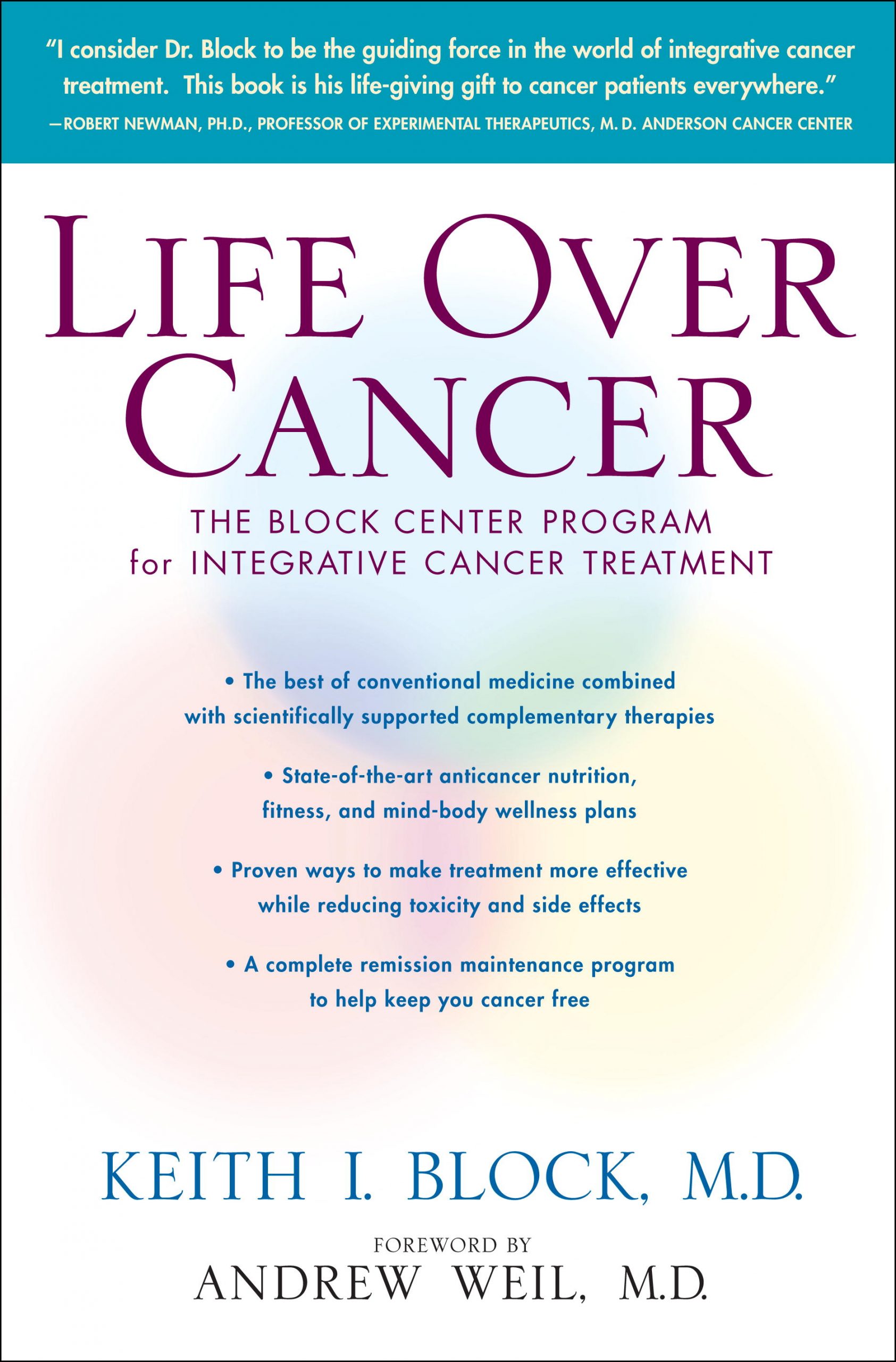
For those of you who have heard Dr. Block speak at a Conference or listened to one of his talks, you’ve likely heard him explain that most patients with cancer actually don’t die from their disease. Rather, they die far more often from the complications associated with cancer and its treatments. Therefore, it follows that taking steps to prevent or mitigate these complications can be a life-saving strategy.
Among the more common complications that may crop up in people with cancer:
• Cancer cachexia, a “wasting syndrome.”
• Infections, accompanied by fevers and neutropenia (lower than normal levels of neutrophils, a type of white blood cell).
• Thromboembolism, a clotting problem.
• Pain syndrome; intractable pain resulting from cancer or its treatment.
When these situations arise, they may call for either a medical visit or a trip to the emergency room. However, there is some good news: Many, if not most of these crises can be either prevented, resolved, or their severity reduced significantly when patients are carefully assessed and monitored, and an appropriate treatment plan is implemented.
In this blog, we’ll take a look at cancer cachexia and infections, and in our next blog post, we’ll address thromboembolism and pain syndrome.
Cachexia is a wasting syndrome marked by significant, out-of-control weight loss. The current scientific consensus is that cancer cachexia results primarily from an underlying metabolic imbalance induced by the cancer, which causes the body’s metabolism to speed up. This generates a chronic, low-grade inflammation and the breakdown of muscle and other lean tissues, as well as immune suppression. This condition is a leading cause of cancer-related death and affects up to two thirds of all cancer patients. Unfortunately, in an effort to stop the weight loss, many (if not most) cancer specialists, oncologists and dietitians advise patients with this condition to “eat whatever they feel like eating.” And when this includes the typical American diet – heavy on fats, refined flours and sugars – a patient can actually be feeding this muscle-wasting process, and ultimately be promoting the very disease they’re trying to fight!
In order to prevent cachexia from becoming a life-threatening problem, we believe it is imperative to curb the underlying inflammatory condition that’s fueling it. From an evidence-based perspective, numerous studies have linked the nutrients abundant in meats, dairy products, and refined carbohydrate foods with inflammation and with an increased risk of cancer cachexia. Among the major offenders are the “bad fats” such as omega 6, saturated, and trans fats, as well as “bad carbs,” such as refined flour products, which include pastries, white rice, and white flour pasta. Therefore, we always encourage patients to immediately reduce or eliminate saturated fats, whether from milk, cheese, butter, red meat, pork, poultry or coconut oil (yes, even coconut oil, contrary to the advice on many popular food blogs today). In addition, eliminate unnatural fats, called trans-fats, found abundantly in margarine, hydrogenated oils, as well as many baked goods and convenience foods. And finally, strive for an optimal dietary balance of polyunsaturated fats (PUFAs) known as omega-6’s, omega-3’s and omega-9’s. For most Americans, omega-6 fats (found in certain vegetable oils including corn oil, safflower and sunflower oil) need to be radically reduced, while omega-3 and omega-9 fats, commonly found in walnuts, flax, cold water fish, fish oil supplements, as well as the monosaturated fats found in olive oil and avocado, need to be increased. For additional information about cancer cachexia, please check out the blog on our website: https://blockmd.com/2021/10/13/overcoming-cancer-cachexia-3/.
The second major complication we’re going to review, infection (including pneumonia and sepsis), is very common among patients with advanced malignancies, and constitutes the number one cause of cancer-related death. This usually arises because the immune system can become suppressed by cancer, as well as by conventionally administered chemotherapy, which leads to febrile neutropenia, a low white blood cell (WBC) count, accompanied by fever. About 60% of patients with febrile neutropenia have an infection that requires treatment with antibiotics. Those most at risk of contracting dangerous infections include patients undergoing intensive chemotherapy; this is particularly true with older patients. Again however, there are practical ways to bolster your WBCs and fend off infections, and antibiotics can be very real lifesavers. Indeed, the treatment of patients with febrile neutropenia has greatly improved in recent years, and the overall mortality rate has dropped from 21% to 7%. Even with the proper use of antibiotics, however, taking steps to optimally support your immune system is crucial. An individually-tailored integrative treatment program that includes nutritional recommendations, selective supplementation, a fitness regimen, stress management strategies and interventions to optimize circadian health can all be very beneficial to boosting immune function.
In our next blog post, we will take a look at thromboembolism and cancer-related pain, and strategies to effectively treat each of them.

